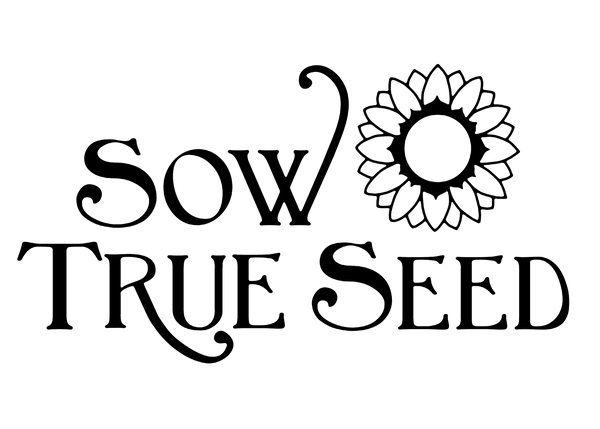A Gardener’s Guide to Growing Kale From Seed Kale is a cultural icon. From smoothies, to chips, to massaged...
Direct Sow for Summer
These seeds can be directly sown into the garden after all danger of frost has passed!
Shop by Category
Open-Pollinated, Heirloom & Organic Seeds
Sow True Seed is a collection of over 500 types of GMO-free vegetable, herb and flower seeds. We proudly carry heirloom, organic and small farmer-grown varieties. It is our mission to encourage seed saving for a resilient food system. Supporting food security and seed diversity since 2009.
We get asked this question all the time: “how long do vegetable seeds last?” The answer is simultaneously simple...
Raised garden beds are great for lots of reasons! Raised beds warm up earlier in the spring, making...




